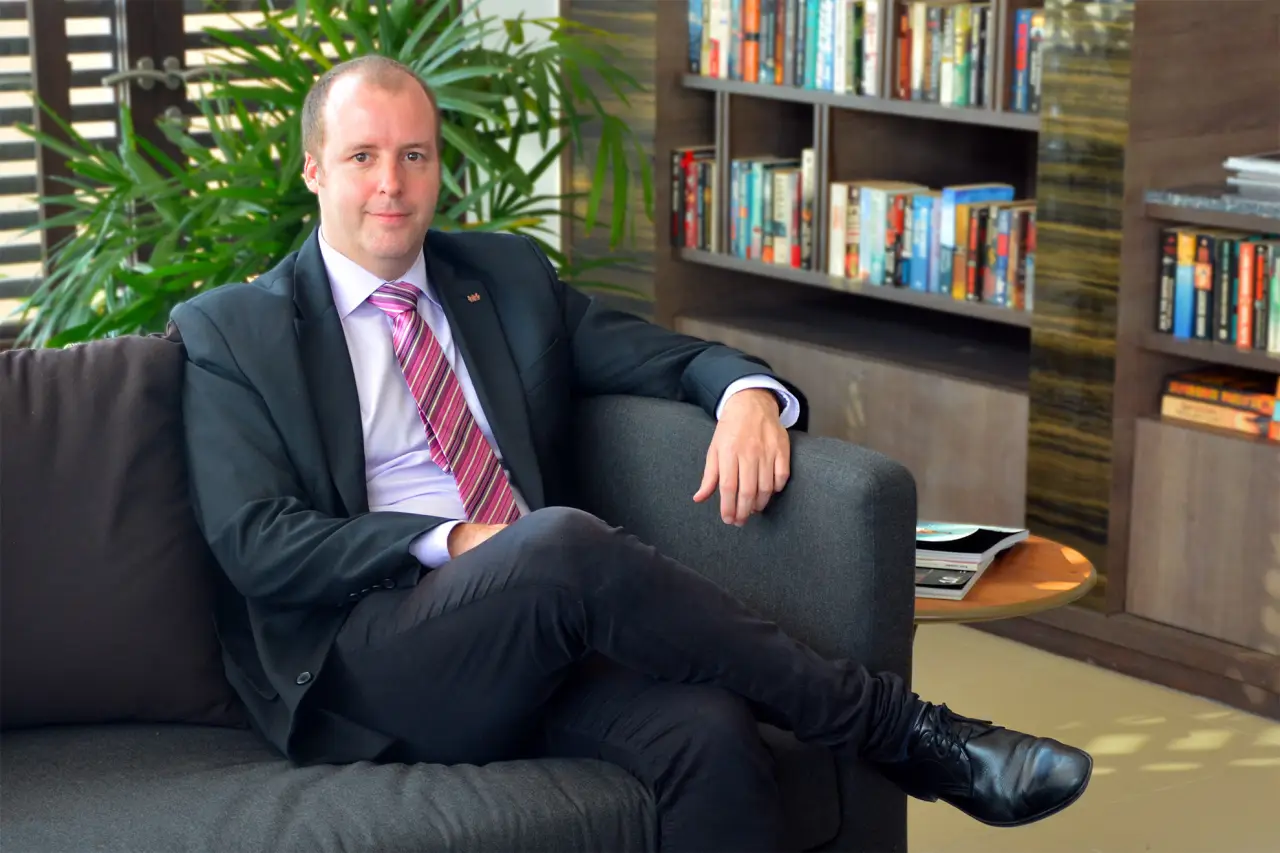Amid a resurgence in tourism post-pandemic, Airports of Thailand (AOT) is set to invest around $4.8 billion in expanding its major airports, a move poised to significantly boost the country’s capacity and efficiency in handling air traffic.
The massive expansion plan includes Suvarnabhumi Airport in Bangkok, which will undergo its most extensive upgrade since its opening in 2006.
Suvarnabhumi Airport’s expansion will feature two new runways and a new terminal, increasing its capacity from the current 60 million to 135 million travelers annually. The project, estimated to cost about 140 billion baht ($3.7 billion), aims to address the anticipated increase in air traffic and enhance passenger experience.
In addition to Suvarnabhumi, Don Mueang Airport, also in Bangkok, is slated for significant upgrades. A new international terminal and renovations of existing structures are planned, increasing its capacity to 50 million passengers annually by 2030, up from the current 30 million. This airport primarily serves regional and budget carriers.
AOT plans to self-finance these ambitious projects, with bank loans considered only as a last resort. The company’s financial strength is evident as its net income is expected to more than double, reaching 21 billion baht by the end of this fiscal year.
Furthermore, AOT is keen on expanding its footprint with proposals to construct two new airports in Chiang Mai and the Andamans, each projected to cost 70 billion baht. These new airports are aimed at bolstering Thailand’s position as a key regional aviation and logistics hub.
Prime Minister Srettha Thavisin has expressed his vision for Thailand to become a leader in aviation and tourism in the region. This vision includes improving passenger capacities and experiences at airports, with streamlined immigration procedures and the deployment of automated systems to ensure a seamless travel experience for visitors, who significantly contribute to the nation’s GDP.
Despite these ambitious plans, AOT faces stiff competition from regional airports like Singapore’s Changi, ranked second-best globally. To stay competitive, AOT is focused on improving the global standing of Suvarnabhumi Airport, currently ranked 58th.
This year, Thailand aims to welcome 35 million to 40 million foreign tourists, close to the pre-pandemic record of 40 million visitors in 2019. Mr Srettha’s administration has set a goal of attracting. 80 million tourists by 2027 and is also mulling a plan to open casinos inside large entertainment complexes and promote event-based tourism to help the country generate more revenue, reported Bangkok Post.
Reflecting on the pandemic’s impact, Mr. Kerati, president of AOT, emphasized the need to expand capacity to avoid past issues of overcrowding and to enhance passenger satisfaction. As Thailand aims to welcome nearly pre-pandemic levels of tourists this year, AOT’s role in transforming the country into a major aviation hub is more crucial than ever.















